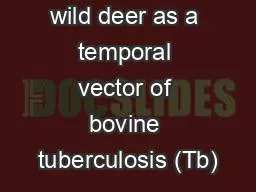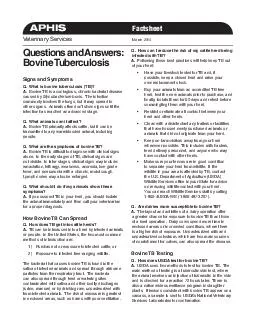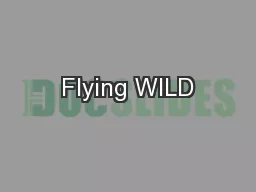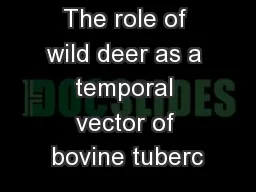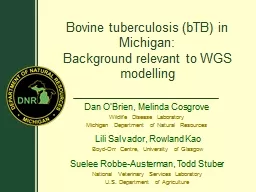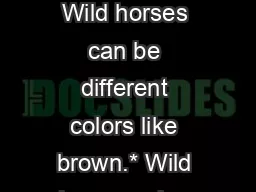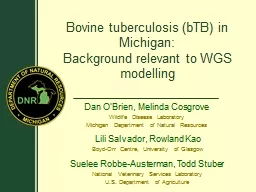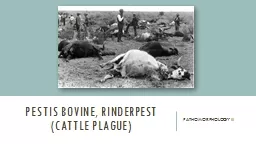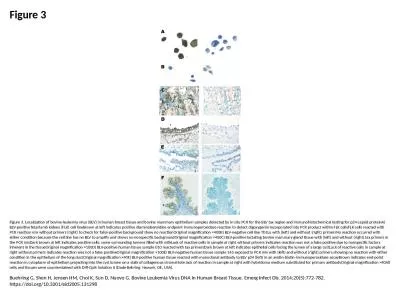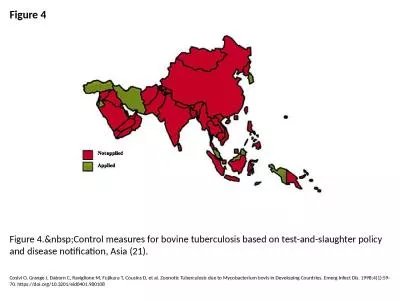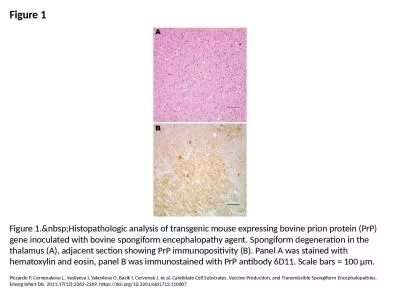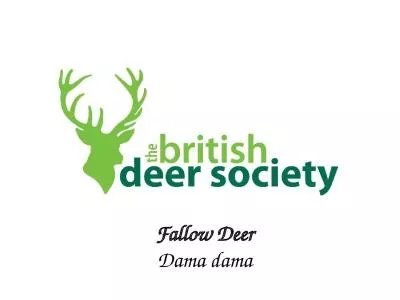PPT-The role of wild deer as a temporal vector of bovine tuberculosis (Tb)
Author : leventiser | Published Date : 2020-06-17
Mandy Barron Graham Nugent Landcare Research Lincoln Goal of NPMS for Tb Eradication of Tb from wildlife hosts across large areas of NZ Mostly through effective
Presentation Embed Code
Download Presentation
Download Presentation The PPT/PDF document "The role of wild deer as a temporal vect..." is the property of its rightful owner. Permission is granted to download and print the materials on this website for personal, non-commercial use only, and to display it on your personal computer provided you do not modify the materials and that you retain all copyright notices contained in the materials. By downloading content from our website, you accept the terms of this agreement.
The role of wild deer as a temporal vector of bovine tuberculosis (Tb): Transcript
Download Rules Of Document
"The role of wild deer as a temporal vector of bovine tuberculosis (Tb)"The content belongs to its owner. You may download and print it for personal use, without modification, and keep all copyright notices. By downloading, you agree to these terms.
Related Documents

